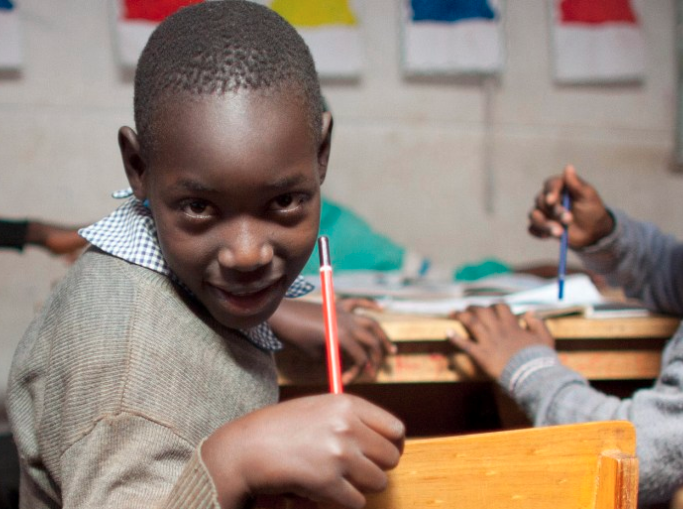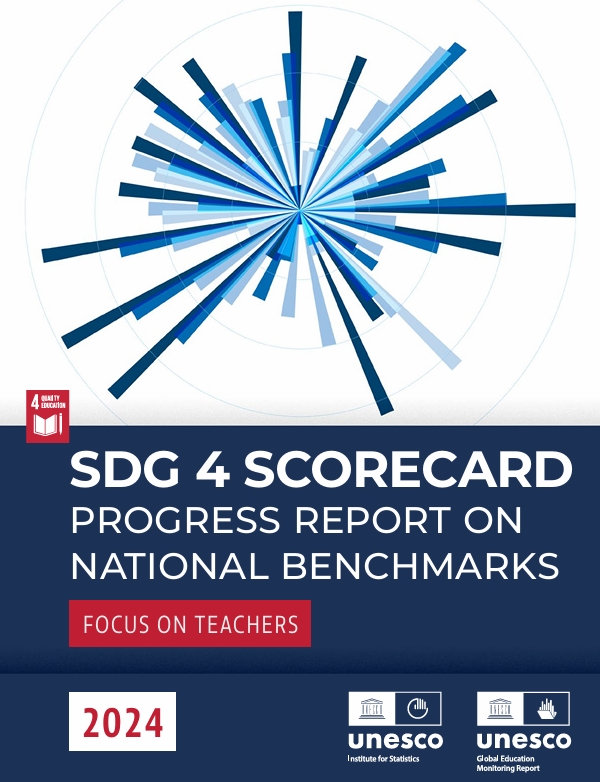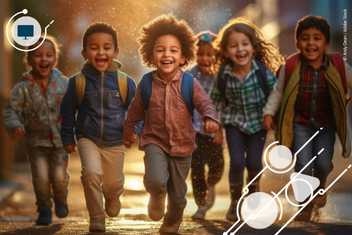Kerry Woods, Brookings, Thursday, April 26, 2018
Successful teaching and learning demands a series of observations and decisions, led by fundamental questions:
- What do my students know now? What is the starting point for their learning?
- Are all my students starting with the same set of skills and understanding? Or do I need to adapt my teaching to accommodate students with quite different starting points?
- What is the next step (or transformation) along the progression for each of my students?
An experienced teacher will answer these questions based on deep knowledge of both her students and what she is teaching. However, challenges arise when a teacher is inexperienced; is teaching material with which she is less familiar; or is teaching students whose starting point for learning sits outside her range of experience. The last situation describes the challenge for many teachers of students with disabilities in inclusive classrooms. These students often demonstrate skills and understanding that are significantly less well developed than their classroom peers, and some teachers struggle to recognize these skills as a foundation for further instruction.
The Students with Additional Needs (SWANs) program identifies a suite of learning progressions in a range of foundational or enabling skills (i.e., communication, literacy, numeracy, social and emotional skills, learning and thinking skills, movement, and digital literacy) that can facilitate instructional planning. This enables teachers to adapt and adjust learning opportunities that provide a differentiated, flexible, and personalized approach for students with disabilities. The progressions have been empirically validated for use by teachers of students with additional learning needs in almost 1700 Australian schools through a program of research at the University of Melbourne.
What does this look like in practice?
For example, while training a special education support officer working with students in remote Australian communities, I was told about her efforts to help teachers write instructional goals and plans for a student aged eight years who had severely limited verbal communication. His mother’s strongly expressed wish for his learning was to hear him say “I love you, Mum.” Teachers of students with disabilities cope with the emotions and concerns of parents as an everyday component of their work, and need to consider these in the learning goals they write for students and are expected to share with parents.
For this student, the development of an instructional plan certainly needed to identify goals that recognized his starting skills as a foundation for future learning, and that documented achievable but challenging next steps on a progression of increasing proficiency. Well-written goals should explicitly describe skills the teacher expects the student to be able to achieve with effort within the timeframe set for the plan. The addition of the qualifying words with effort guides the teacher to think about the purposeful aspects of an instructional plan and the way that it should ideally describe a compact between educators, student, and parents.
The special education support officer noted that the student was working at the first level on the SWANs communication progression. The student could show that he wanted an object that was in sight but out of reach by calling out, moving towards it, and expressing annoyance until he had attained it. With the guidance of the special education support officer, his teacher was learning how to use simple picture symbols to help the student express his basic wants and needs. This was seen as an important, even urgent, learning goal for the student to help him reduce his considerable frustration and anxiety. For example, the teacher was guided to model the use of pointing to communicate the desire for a particular object out of two or three. This was recognized as foundational to the skill of being able to make and communicate a choice, a powerful enabling skill for the student.
The communication learning goals for the student were thus grounded on skills he could already demonstrate, with the idea that learning goals could be drawn from these as well as from the immediate next level on the SWANs communication progression. The second level on the communication learning progression describes goals of being able to use names, words, signs, symbols, gestures, physical contact, and facial expressions to gain or direct attention, make requests, or convey feelings. It directs the student’s teacher to consider important skills such as shared attention and pointing, and encourages the teacher to guide the student’s learning towards being able to communicate a simple desire, interest, or message with the aid of pictures or objects.

While supporting the student’s development of communication skills was clearly a priority, an expectation of inclusive education practice is that all students can learn material drawn from a common curriculum, including the development of literacy and numeracy skills. For numeracy, the student was working within the second level on the SWANs numeracy progression. He was learning to take part in numeracy activities, but needed support for his participation, and activities that included materials that interested him.
The support officer worked with the student’s teacher to set goals for numeracy learning drawn from his current and immediate next level on the progression. She expected that these were likely to include short-term goals of exploring and sorting objects of different sizes and then, looking ahead to the next level, learning to use picture symbols to identify object size (e.g., short or long, big or small). She expected that, as the student was already responding to activities that involved sharing food and drawing materials being added to or taken away from a group, a reasonable goal based on the next level on the progression would be to learn and respond to words or picture symbols for adding and taking away. His numeracy and communication goals thus showed significant overlap, with both addressing similar priorities for the student. The result was likely to be a personalized learning program for the student that built on his abilities, acknowledged his right to participate in meaningful and curriculum-based learning, and represented a purposeful plan that the teacher could implement in the classroom.
In summary, a well-designed learning progression is a useful tool that helps both teachers and students identify the skills that have been learned and those that are within the immediate grasp of the learner with support and instruction. For teachers of students with disabilities in inclusive classrooms, it helps them to recognize the skills their students can demonstrate and to plan for future learning. All students are entitled to experience the joy of successful progress as learners.






